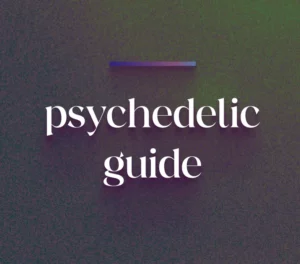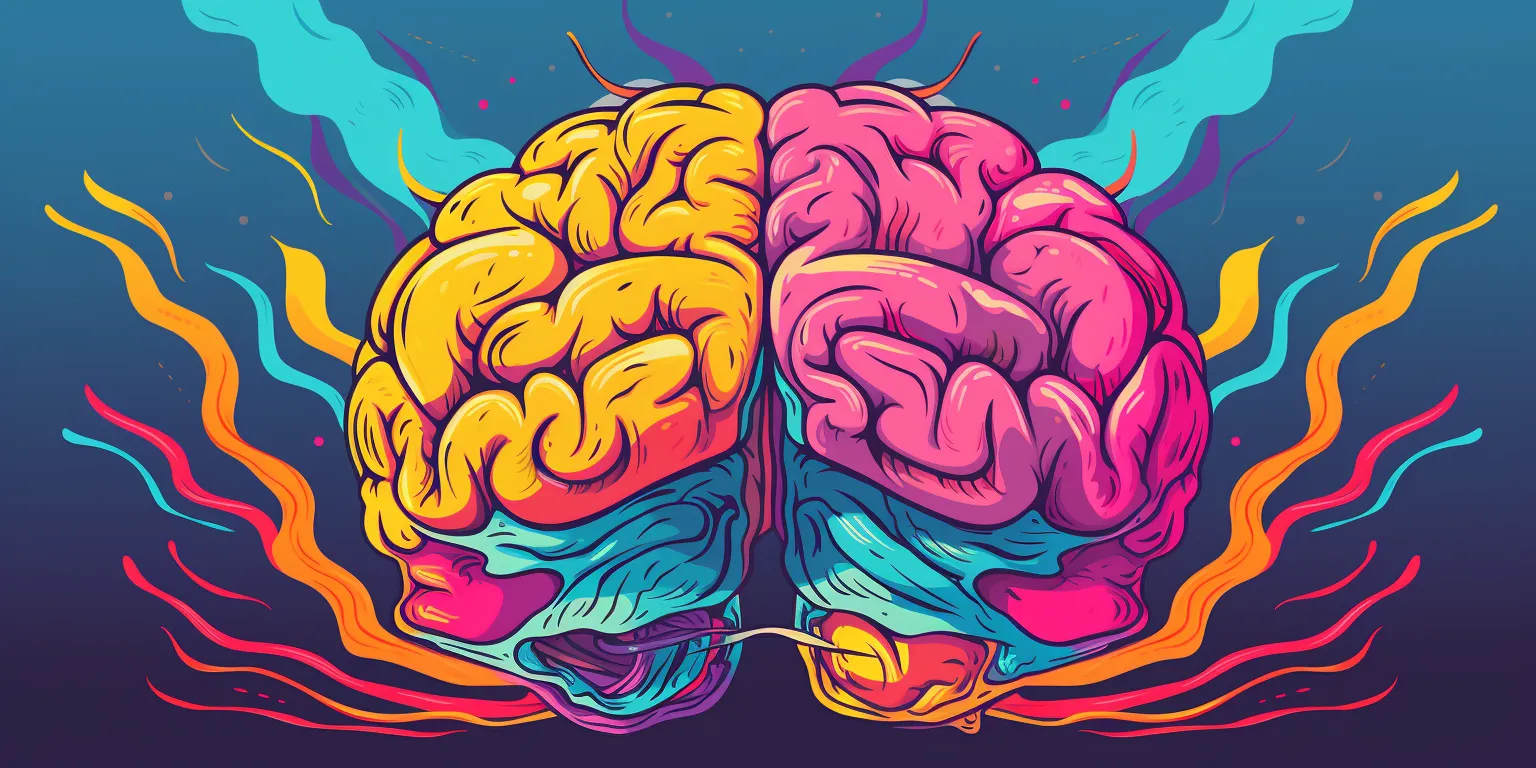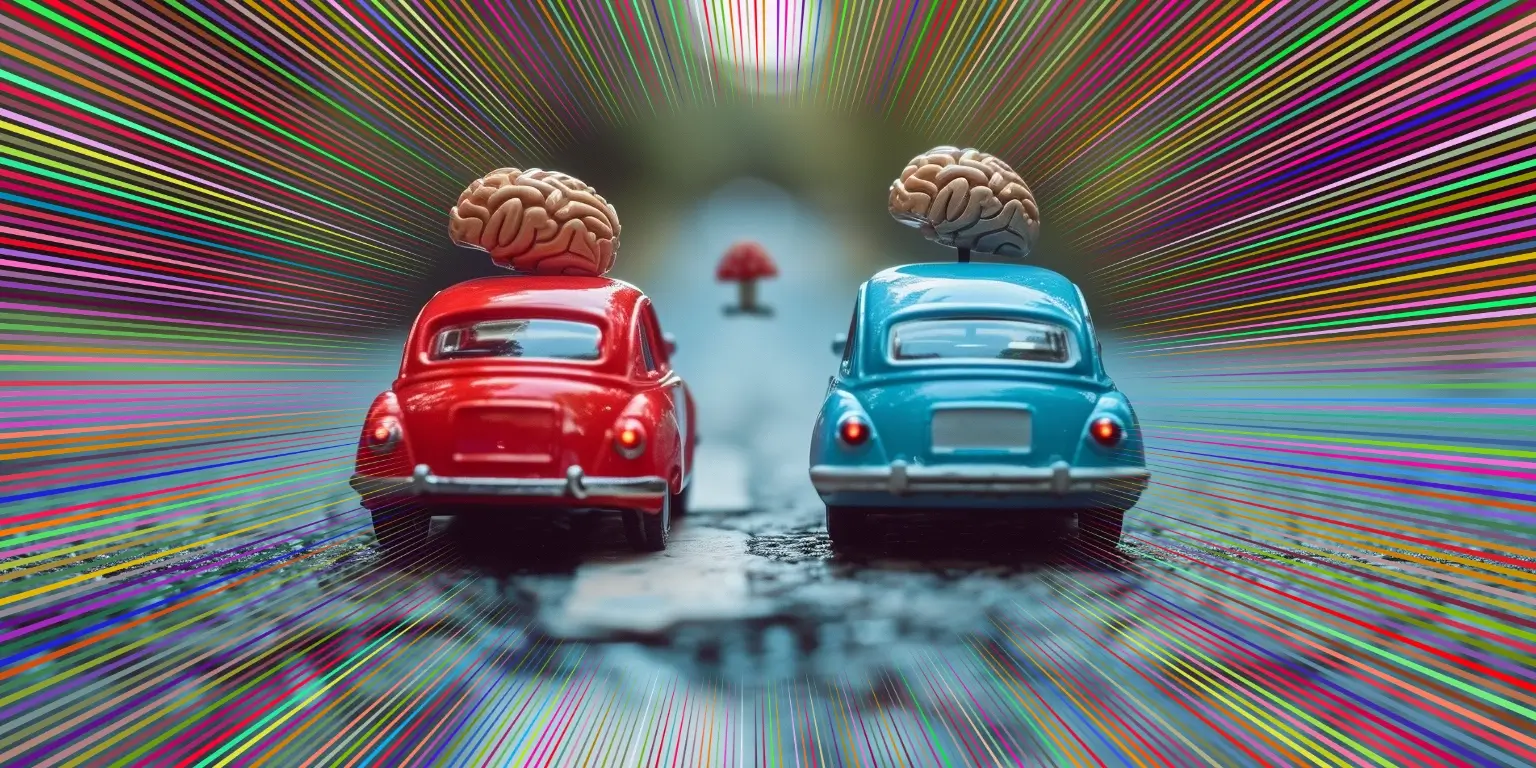In “How to Change Your Body,” Saga Briggs invites readers on an enlightening journey that transcends the conventional boundaries of physical health and wellness. Briggs’ work isn’t your run-of-the-mill self-help story; instead, it delves deeper into the intricate relationship between our bodies, minds, and the social fabric that binds us.
Through compelling scientific evidence, personal anecdotes, and insightful interviews with leading experts, Briggs challenges readers to reconsider the traditional narratives surrounding health and fitness. The book argues that true self-transformation (or transmutation) begins with a deeper understanding of our interconnectedness, the roles of our relationships, and the psychological underpinnings of our physical selves.
Take a look at an excerpt below.
How to Change Your Body: Introduction
During lockdown in March 2020, as the pandemic diffused into life in Berlin, I had an upsetting but revelatory dream: I was a blank canvas, and other people were the paint that coated me, enlivened me, brought me into being. Without others, I was nonexistent, or at least incapable of seeing myself. Weary of keeping my body alive in such a state of crisis, my brain pivoted out of uncertainty and woke me up.
Oddly enough, in the days of research following the dream, I found that scientists, philosophers, and clinicians were starting to ground this idea in their work: the quality of our connection to ourselves begins with our connection to others—not in a good conversation over coffee, per se, but in the felt experience of “being seen” by another—and this quality is determined very early in our lives.
At the University of Jyväskylä in Finland, Joona Taipale, Ph.D., a senior lecturer in the Department of Social Sciences and Philosophy, believes individuality is a developmental process. We are not born with a sense of separateness from others, he says; rather, it’s a gradual process of recognizing our otherness, which develops during infancy.
In developmental psychology, the prevailing notion is that the other— the “object”—is assumed to be differentiated from the self at the time of birth. But Taipale challenges this idea. “In the psychoanalytic tradition, this picture is turned upside down,” he writes in his 2017 paper, The Pain of Granting Otherness: Interoception and the Differentiation of the Object. “Instead of taking the separateness of others as a point of departure, it argues that the capacity to grant the ‘otherness’ of others is preceded by a long and complex development—a painful process in and through which the object is gradually placed outside the area of the subject’s omnipotent control.”
For example, as infants, there’s no reason to assume our mother’s breast (or our mother, for that matter) isn’t part of us until we develop a sense of agency. Over time, we come to realize this isn’t the case, as we learn the breast (and mother) isn’t always immediately there when we want it, but we begin life under the illusion that it is. “From the point of view of an external observer, the infant and the mother are, of course, two different and distinct entities,” he says, “but the situation looks very different if considered from the point of view of the infant.”
Taipale’s contention? We are born connected.

A team of French neuroscientists takes this notion one step further. “While cognitive psychologists have long tended to consider mental functions—including self-awareness—as isolated entities, recent arguments pointed out the fundamentally social nature of self-awareness,” writes Nesrine Hazem, Ph.D., who conducts research for the Social and Affective Neuroscience Laboratory at ICM in Paris. “By experiencing the self as the object of another’s attention, infants may develop an initial representation of self and others as psychological entities.
Rather than suppressing self-experience in adulthood, social contact would then give rise to the experience of being a cognitive-affective agent. Thus, a fundamental property of social contact throughout the life span would be to enhance self-awareness.” Her team’s own work substantiates the link between not only social contact and self-awareness but the fundamentally body-based nature of both. “We showed that hearing one’s own name spoken by another person and being touched by another person both increased bodily self-awareness, just as perceiving direct gaze does.
This provides the first empirical demonstration that social contact, irrespective of sensory modality, elicits bodily self-awareness. In doing so, it supports the notion of the social nature of the self—i.e., that human self-awareness emerges in interpersonal contacts.”
Why does any of this matter? Nearly every mental illness under the sun—anxiety, depression, addiction, schizophrenia, eating disorders, posttraumatic stress disorder (PTSD)—is associated with impaired bodily awareness. If the social self-awareness theory is correct, it suggests they are interpersonal disorders too.
Psychedelic science, a rapidly growing field showing great promise in advancing human health, seems to be revealing a common thread throughout these illnesses: relational disconnection. Not just to ourselves, our bodies, and others—but also to the very fragile threads tying these three things together.
One of the main drivers behind the therapeutic effects of psychedelics is now thought to be a change in one’s experience of social relationships. As the research is beginning to suggest, that means a change in one’s experience of oneself and one’s body. These things can’t be separated.

But it wasn’t until recently that relationships became a core focus of psychedelic science. Around the time Michael Pollan’s book How to Change Your Mind came out in 2018, researchers believed the hallmark of a transformative psychedelic experience was “ego dissolution” (or “ego death”) through a quieting of the default mode network, a region of the brain thought to drive self-referential thinking. Things have evolved since 2018. “It’s not so much the self-loss but rather the connectedness that seems to be driving the well-being,” says David Yaden, Ph.D., who studies transcendent experiences at the Johns Hopkins Center for Psychedelic and Consciousness Research, in an interview with humanistic psychologist Scott Barry Kaufman.
He concedes that there’s a correlation between self-loss and connectedness, but his studies show that “only connection seems to be correlated with beneficial outcomes related to well-being. I think a lot of researchers are maybe barking up the wrong tree in terms of ego dissolution, and this feeling of social connectedness is where the real action is at. My prediction is that these processes related to social connectedness and attachment will end up being the real mediator in at least some of the therapeutic benefits.”
If social awareness, self-awareness, and bodily awareness are inextricably linked, this implies that one important reason psychedelics work to treat a wide range of afflictions is that they have the capacity to change one’s experience of bodily feelings, not just one’s thoughts.
In Pollan’s book, one depressed patient who had taken psilocybin, the psychoactive compound in magic mushrooms, described his experience as follows: “Once I was in this state, it was beautiful—a feeling of deep contentment. I had this overwhelming feeling—it wasn’t even a thought— that everything and everyone needs to be approached with love, including myself.” Although the effect lasted a few weeks, it eventually faded in the following months, and his depression returned. One year later, he wrote, “The insights I gained during the trial have never left and will never leave me. But they now feel more like ideas.”
This notion hasn’t escaped more recent psychedelic studies. The Watts Connectedness Scale, for example, provides the first scientific model for measuring feelings of connectedness during psychedelic experiences. Dr. Rosalind Watts and her research team published a paper in 2022 describing their initial findings on the relationship between psilocybin and connectedness in participants with depression. As you might expect, study participants reported feeling more connected to themselves, other people, and the greater world after ingesting psilocybin. Interestingly, few people reported feeling more connected in a singular domain without experiencing greater connectedness in the others.
“Based on the findings of this study, we now predict, for example, that an individual reporting feeling connected to a sense of meaning and purpose as well as their body and emotions would also report feeling connected to other people; or that someone describing feeling connected to nature would also report feeling connected to humanity at large and their own emotions,” they write. “Overall, high scores on one domain (self/others/world) suggest high scores on others, just as low scores in one aspect suggest a disconnection across multiple domains.”
Psychedelics

One of the main reports from people experiencing the positive benefits of psychedelics, both in clinical and nonclinical settings, is the sense of “connectedness” and “unity” they feel with the world, themselves, and others.

Where does this feeling come from, in the brain and body, and why is this particular emotion so powerful? How does connectedness heal us on a neurobiological level? At the University of Chicago, Harriet de Wit, Ph.D., studies drugs’ physiological, subjective (i.e., mood-altering), and behavioral effects in healthy human volunteers.
Current projects in her laboratory include 1) investigating individual differences in responses to psychoactive drugs, 2) the effects of drugs at different phases of the menstrual cycle, and 3) the effects of psychedelic-type drugs such as MDMA and LSD on mood and neural function. I spoke to her about her research on MDMA and sociality.

SB: How did your work lead you to studying psychedelic-type drugs?
HDW: I did a lot of work with amphetamine and methamphetamine, but really kind of to characterize their effects and to see how people differ in their responses to the drug in ways that might put them at risk for using the drug nonmedically. And so then it was a small step to go to MDMA, which resembles other amphetamines in many ways. Both drugs make people feel more social, increase feelings of sociability, and increase the number of people talking and interacting with each other. But MDMA reportedly had this unique effect of making people feel more connected and closer to each other. And so my challenge as a basic scientist was to figure out whether there’s something different about it and connect what’s different about it compared to other traditional stimulant drugs. So we started out a whole series of studies with MDMA to see how it differed.


SB: And what’s different about it?
HDW: We looked at three categories of measures. One is how does a drug make people feel? How do they report feeling when they’re under the influence of the drug? Another category is how they behave on tasks, in this case, emotional tasks. The third category is physiological measures, which might be like brain activity or heart rate, blood pressure, or that kind of thing. We also measured emotional reactivity by looking at facial EMG, looking at smile muscles and frown muscles, and things like that. Then, we asked a few questions that sort of differentiated the drugs a little bit. In one question—it was just a question somebody suggested—we used the adjective “playful.” Are you feeling playful? And then, are you feeling loving?
Amphetamine increased both of those adjectives to a moderate extent, but relatively speaking, MDMA did it more. So we were starting to see a little bit of a difference in how people felt about these two adjectives, “playful” and “loving.” So that’s reports of how they feel. And then we went to a lot of more objective tests like recognizing emotions in other people. So we have a series of studies that showed that MDMA increases the threshold for being able to detect angry and fearful faces—so, negative emotions. You need more expression to detect the emotion. That would make it easier to interact with people since you don’t feel like you’re being judged. And so then you might be a little bit more open in interacting with them, either in a social setting or in a therapeutic setting. So that was one finding that we found consistently, and I don’t think we knew ahead of time. We didn’t know that the drug would manifest itself in that way.


SB: So the reduced negative emotion may be just as important as enhanced positive emotion.
HDW: We’ve also done a test of what they call social exclusion. So it’s a virtual ball-playing game called Cyber Ball. There are these characters—just stick characters—on the computer game, tossing the ball back and forth. In the early part of the task, you are included as one of the players. Then, about halfway through the task, the other two characters throw the ball at each other, and you are excluded. Surprisingly, [even] if it’s stick characters on a computer screen, people feel excluded. So we wanted to know whether the MDMA would reduce that feeling of exclusion.
And it did. And methamphetamines didn’t do that. So it seemed to have some effect on reduced feelings of rejection. So that was another piece of it we looked at. There’s also a measure of social touch. That’s another thing that people in a naturalistic [setting] report, that there are alterations in how they experience sensory stimuli like touch. So there’s a social touch task, where people rate slow stroking as being pleasant and faster stroking on exactly the same place, with the same brush, people don’t necessarily report as being very pleasant. So the slow one is pleasant, the faster one is not. So we wanted to know whether MDMA would increase the pleasantness of slow touch. And in fact, it did, and amphetamine didn’t. So again, another indication that this drug kind of specifically acts on something that has a social component. So you can ask the question, “What is it about MDMA that makes it different?”
One of the things that MDMA does is it increases blood levels of oxytocin. That’s a hormone that is very involved in social bonding. Some people speculate that some of these social improvements and social connectedness are related to increases in oxytocin. That’s still controversial, and people are still studying it. The drug also acts on the serotonin system, so it differs a bit from the other stimulant drugs because it acts more on serotonin. Serotonin is a neurotransmitter system that’s involved in antidepressant effects. So that could also explain some of its antidepressant effects, even separately from oxytocin.
So those are some of the things that we’ve done with MDMA. It does seem to make people feel more connected with each other. It’s being tested in clinical trials. I’m not really involved in treating patients at all. I do all my studies with healthy people. Obviously, with PTSD, they’ve gone quite a long way.

In her book “How to Change Your Body,” Briggs shows us a path that intertwines our physical, mental, and social strands into a cohesive glimpse of bodily, mental, and spiritual well-being. This book challenges us to rethink our approach to change, emphasizing that the most profound transformations occur by altering our perceptions and nurturing our connections to ourselves, others, and the world.
Click here can purchase your copy of “How to Change Your Body.”
 Saga Briggs
Saga Briggs David Connell
David Connell





 Ross Dillon
Ross Dillon 


